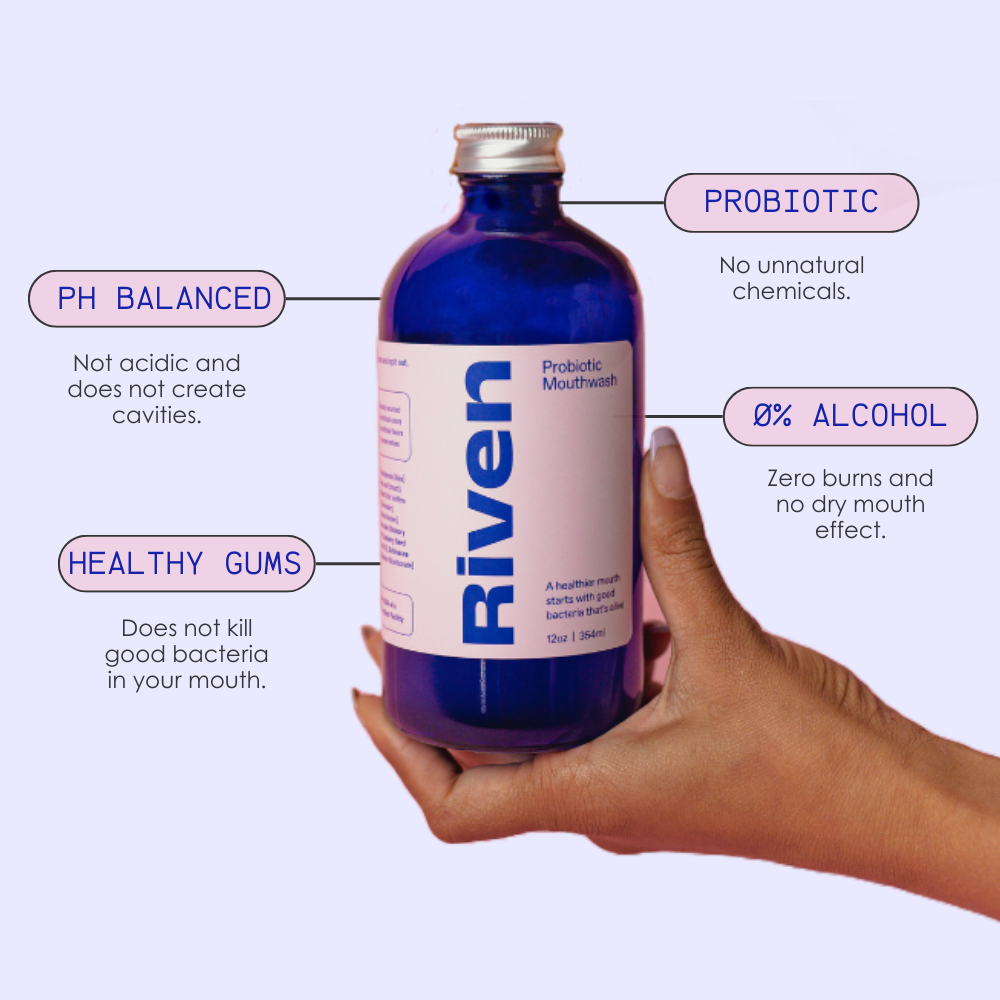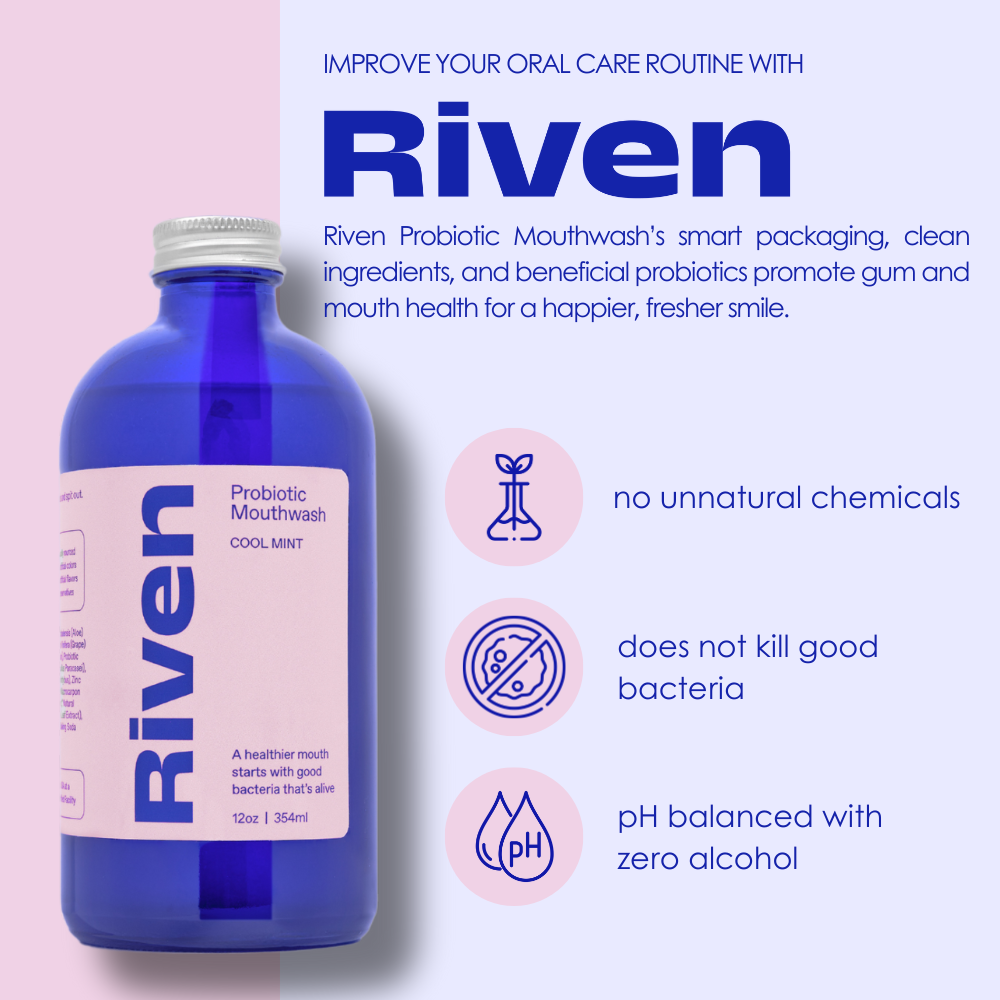Our teeth owe their durability to the enamel. However, once enamel is lost, our body does not naturally regenerate it. Recent advancements in stem cell research might change this.

Breakthrough from the University of Washington School of Medicine
A team of researchers from the University of Washington School of Medicine has made a noteworthy breakthrough. They've developed organoids capable of secreting proteins essential to tooth enamel. This innovation provides promising research for what they call “living fillings,” aiming to repair cavities and rectify enamel defects.
Why Do We Lose Enamel
There are primarily four culprits leading to enamel loss:
Erosion: Dental erosion results from the dissolution of enamel due to acidic substances. Acidic fruits, for example - lemons, limes, oranges, and grapefruits, despite being packed with vitamin C and antioxidants, can accelerate enamel erosion. Common practices like sucking on a lime before a tequila shot are seemingly innocent but can be detrimental to our enamel. Conditions like bulimia, excessive vomiting, and Gastro-esophageal reflux disease (GERD) can further exacerbate erosion, particularly on the inner side of the teeth. Beverages like sports drinks, soda, fruit juices, wine, and even foods with vinegar, due to their acidic nature, can cause enamel wear.
Abfraction: This refers to the loss of tooth structure where the tooth meets the gum. People with bruxism, a condition where one grinds their teeth, often witness a V-shaped wedge and enamel loss near the gumline. Heavy brushing, especially with a hard-bristled toothbrush, can also lead to abfraction.
Attrition: This is wear and tear that occurs on the biting surface due to tooth-to-tooth contact. While grinding and clenching can accelerate this, natural aging and the act of everyday chewing can cause attrition over time.
Abrasion: This happens due to external objects. From biting nails, chewing on ice, using teeth as makeshift tools for opening bottles or packets, to biting on pencils or bobby pins, all these behaviors can contribute to enamel wear and even lead to fractures.
The Promise of Enamel Re-growth
Previously, the treatment approach depended on the extent of the damage. Dentists would typically place composite restorations, crown teeth, or address a collapsed bite. But with the innovative possibility of enamel re-growth, there's a chance to restore teeth to their natural state. While options like composite restorations have served us well, the potential of enamel re-growth, which is biologically compatible and potentially more durable, is an exciting frontier in dentistry. However, as promising as this sounds, long-term research will be crucial in establishing its efficacy and safety.
The future of dentistry is exciting, with stem-cell research leading the way. It paints a promising picture for millions suffering from dental ailments, bringing us closer to the dream of giving natural teeth a rejuvenated life. For more information on maintaining healthy teeth and exploring innovative dental solutions, you can check out probiotics for teeth and gums, learn about dental probiotics benefits, and discover how oral probiotics compare to mouthwash.





